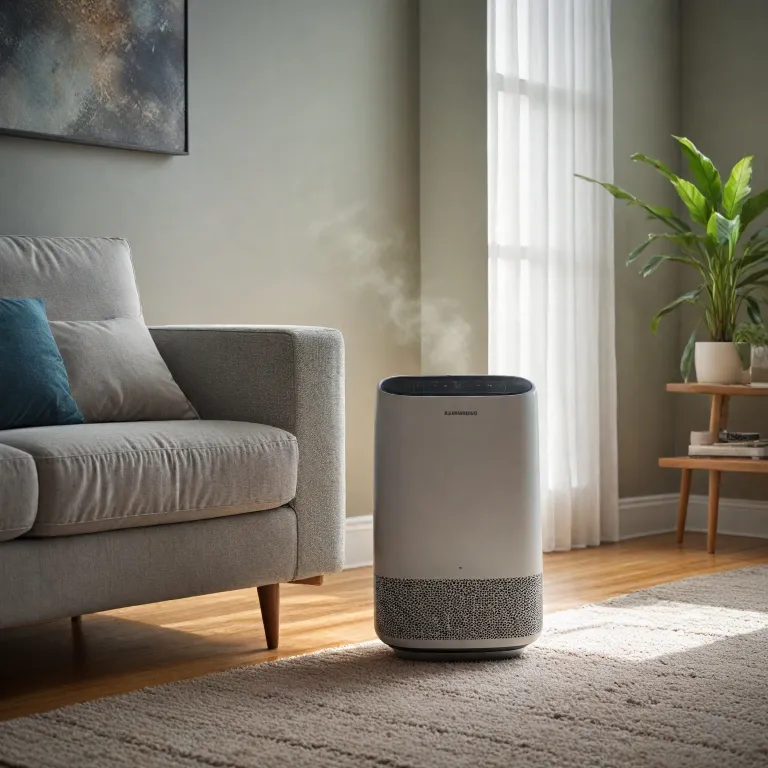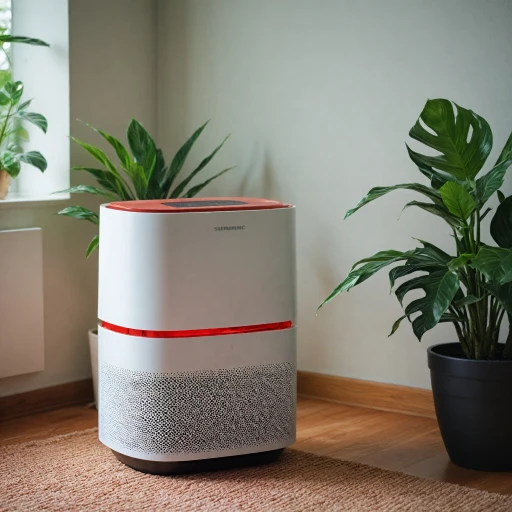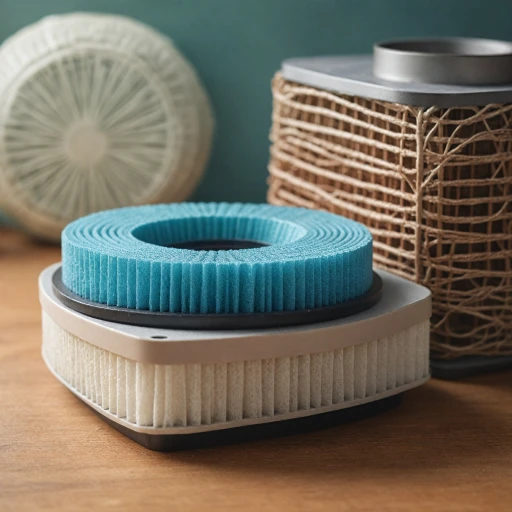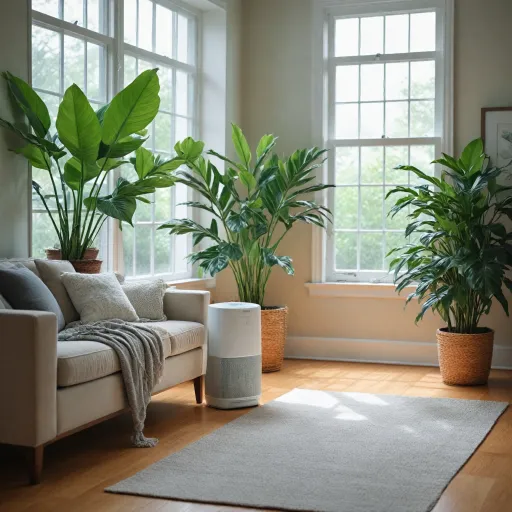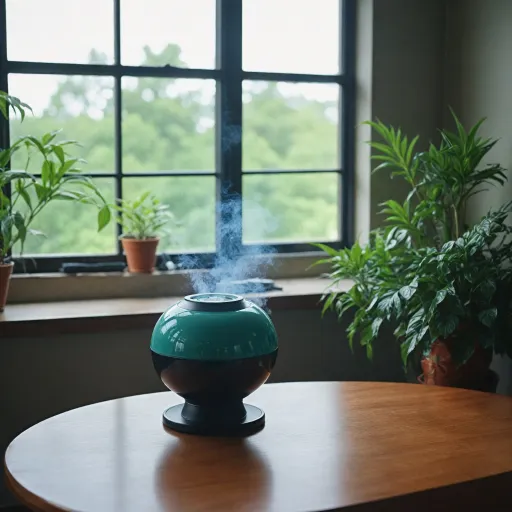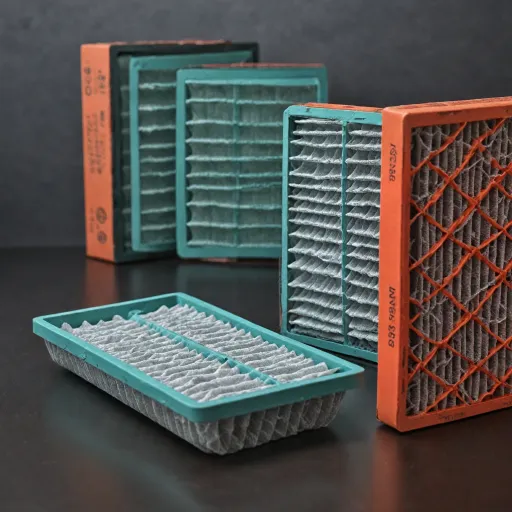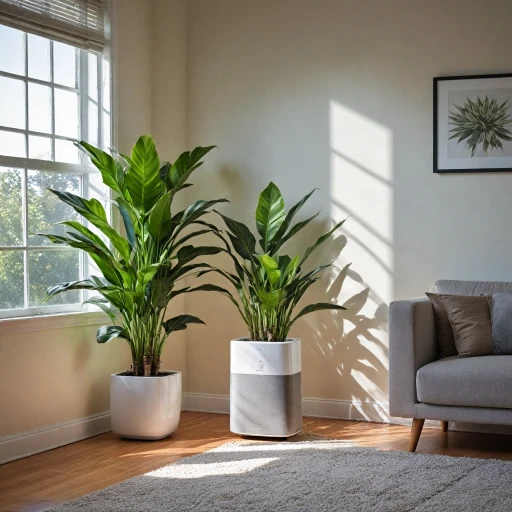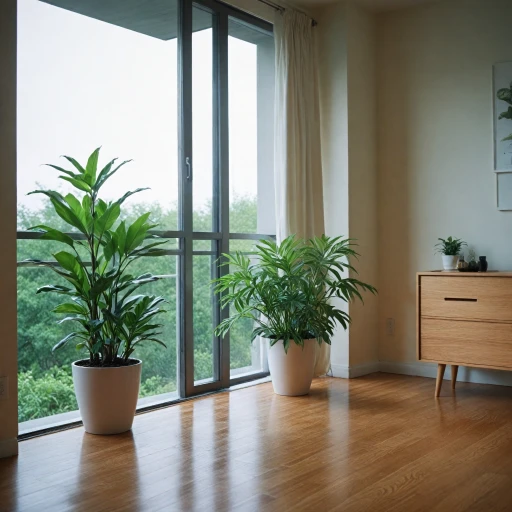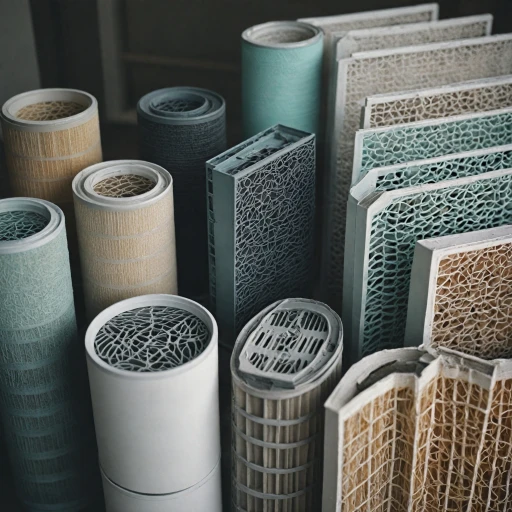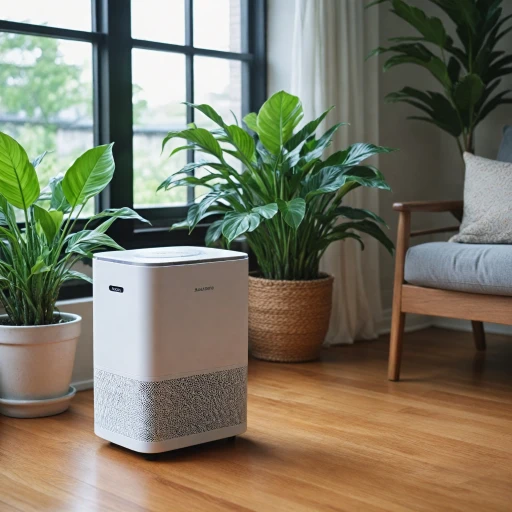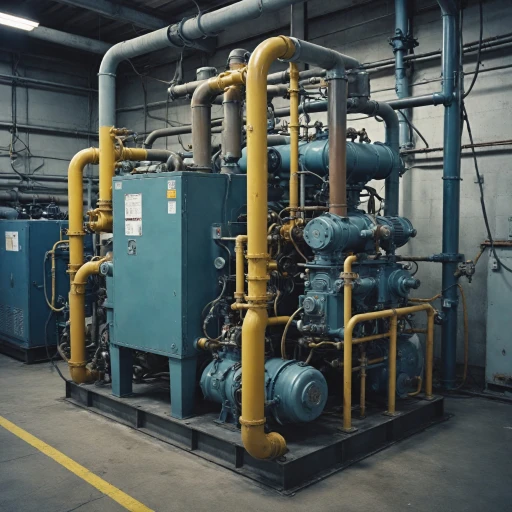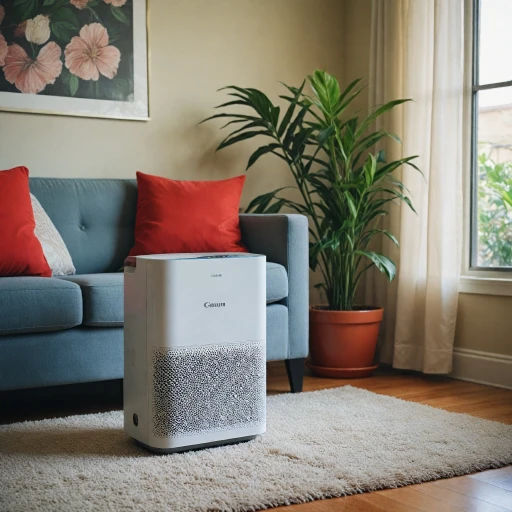
Understanding Mold and Its Impact on Health
The Hidden Threat of Mold
Mold is a common household problem that can lead to serious health impacts if not addressed. These microscopic fungi thrive in damp and humid environments, often unnoticed until they become visible or cause unpleasant mold odors. Once mold takes hold, its spores air can become airborne, posing a risk to indoor air quality and health.
Health Risks Linked to Mold Exposure
Inhaling airborne mold spores can trigger allergic reactions, asthma attacks, and respiratory issues. This concern is particularly pressing for individuals with pre-existing health conditions or compromised immune systems.
According to the Environmental Protection Agency (EPA), prolonged exposure to mold can also contribute to more severe health problems. Therefore, tackling mold issues promptly and effectively is crucial for maintaining clean air in your home.
The Role of Air Quality in Mold Problems
Poor indoor air quality can exacerbate mold's impact, leading to a continuous cycle of growth and health issues. Controlling moisture levels and using tools like air purifiers can help manage mold problems. In the following sections, we'll explore how specific purifiers are designed to help with mold and enhance air quality in your living space.
How Air Purifiers Work Against Mold
Neutralizing Mold with Air Purifiers
Air purifiers can play a significant role in improving indoor air quality by tackling airborne mold and the odors they produce. The ability of air purifiers to remove mold spores from the air depends greatly on the type of filter they use and the effectiveness of their design. High-Efficiency Particulate Air (HEPA) filters, for example, are known for their ability to capture tiny particles, including mold spores, which may help in reducing the amount of airborne mold in your living space. Most air purifiers, like the popular Levoit Core or Shark Neverchange, utilize a multi-stage filtration system that includes a HEPA filter and an activated carbon filter. While the HEPA filter is designed to capture microscopic mold spores, the activated carbon component targets and traps mold odors, ensuring cleaner air. These filters are crucial for maintaining good air quality, as they help to prevent the spores from settling and multiplying, which can lead to further mold growth. However, not all air purifiers are created equal, and some may not be as effective in mold control. When choosing an air purifier, it’s essential to look at purifiers tested for their performance with mold specifically. While these devices are effective in managing airborne spores, it’s important to remember that they do not replace other mold mitigation measures, such as moisture control and proper ventilation, as outlined in additional tips for managing mold in your home. For more insights on boosting indoor air quality, consider enhancing indoor air quality with an AC and air purifier combo. By combining these strategies, you can significantly improve the atmosphere in your home.Types of Air Purifiers Suitable for Mold
Selecting the Right Device to Combat Mold Contamination
When it comes to tackling the persistent issue of mold spores in your home, choosing the right air purifier is crucial. Not all purifiers are created equal, especially when it comes to handling mold. Here's a concise guide to help you make an informed decision.HEPA Filters: The Frontline Defense
High-Efficiency Particulate Air (HEPA) filters are essential in any purifier designed to combat mold. HEPA filters are highly effective in trapping mold spores, capturing particles as small as 0.3 microns, ensuring they don’t recirculate back into the indoor air. Models like the Levoit Core series combine sleek design with efficient HEPA filtration, making them a popular choice for homeowners.Activated Carbon Filters for Odor Control
Besides eliminating spores, an air purifier with an activated carbon filter can help with odors caused by mold. Activated carbon filters work by adsorbing odors and gases, ensuring that your home remains fresh and free from mold odors. This is particularly beneficial if mold has affected fabrics or materials that tend to trap smells.Understanding Product Specifications and Quality
Pay close attention to product prices, specifications, and reviews when looking for the best air purifier for mold. Purifiers tested and proven effective against mold offer a better investment in ensuring healthier indoor air. Bear in mind that a higher price does not always equate to better quality, so it's important to thoroughly read product descriptions and customer feedback. Many consumers have found success with products like the Shark NeverChange, known for its reliability in maintaining a clean air environment.Considerations Beyond Filters
Another point to think about is the design and quality of the energy-efficient motor systems that run the purifiers. Devices that operate quietly but effectively can be pivotal for bedrooms or home offices. Ensuring you have a purifier with suitable power for your room size is also essential, as indicated by room coverage specifications. A larger room may require a more powerful unit with a higher Clean Air Delivery Rate (CADR) to effectively circulate and purify the air. Selecting the right air purifier involves considering multiple factors, including filter type, capacity, and advanced features. For a comprehensive guide on understanding air filter sizes, you may want to explore the importance of standard air filter sizes, ensuring you equip your space with the most suitable purifier for controlling mold effectively.Factors to Consider When Choosing an Air Purifier for Mold
Key Considerations for Selecting an Air Purifier to Combat Mold
When it comes to choosing an air purifier to address mold issues, there are several factors to keep in mind. Mold spores are a common indoor air pollutant that can affect your health, so selecting the right purifier is crucial. Here’s what you need to consider:
- HEPA Filters: High-Efficiency Particulate Air (HEPA) filters are essential for trapping mold spores. They can capture particles as small as 0.3 microns, making them effective against airborne mold. Look for purifiers that specifically mention HEPA filters.
- Activated Carbon Filters: These filters help with removing mold odors and other volatile organic compounds (VOCs) from the air. They work by adsorbing gases and odors, improving overall air quality.
- Room Size Compatibility: Ensure the air purifier is suitable for the size of the room where you need it. Check the Clean Air Delivery Rate (CADR) to determine its effectiveness in your space.
- Brand and Model: Consider reputable brands like Levoit Core, which are known for their quality and performance. Reading reviews of purifiers tested for mold can provide insights into their effectiveness.
- Maintenance and Filter Replacement: Regular maintenance is key to keeping your air purifier effective. Check how often filters need to be replaced and factor in product prices for replacement filters.
- Additional Features: Some purifiers come with extra features like air quality sensors or automatic mode adjustments. These can enhance the purifier’s ability to maintain clean air.
While air purifiers help with reducing mold spores in the air, they are not a standalone solution. It’s important to address the source of mold and maintain good indoor air quality practices.
Limitations of Air Purifiers in Mold Control
Recognizing the Boundaries of Air Purifiers in Mold Control
Air purifiers are a vital tool in managing air quality and addressing indoor pollutants, including mold spores. However, they do have limitations to consider. First, while air purifiers equipped with HEPA filters are excellent at capturing airborne mold spores, they are not designed to eliminate mold growing on surfaces. Mold typically thrives in damp and humid environments, and even the best air purifiers can't address these underlying moisture issues. Furthermore, purifiers with activated carbon filters can help reduce mold odors; however, removal of mold odors does not equate to complete mold eradication. Only reducing the presence of airborne mold. Efficiency can also vary among air purifier models. Some products, like Levoit Core and other top-tier devices, have been tested and are known for their superior performance. Yet, even the highest quality air purifiers need regular maintenance, including prompt filter replacements, to function optimally against spores air. Moreover, the effectiveness of air purifiers can be limited by the room size they are tasked to clean. Choosing the right capacity for your space is crucial, or you might not achieve the desired clean air quality. While air purifiers help in reducing mold spores and improving indoor air quality, remember that they work best in combination with other mold management strategies. By understanding these constraints, users can better leverage air purifiers in their quest for a healthier home environment.Additional Tips for Managing Mold in Your Home
Enhancing Your Mold Control Strategy at Home
In addition to leveraging air purifiers with HEPA filters and activated carbon to tackle airborne mold spores, you can adopt other practical steps to manage mold issues effectively.- Identify and Fix Moisture Problems: Mold thrives in damp environments, so it's crucial to address any sources of moisture. Fix leaks, improve ventilation in moist areas like bathrooms, and control humidity levels with the help of dehumidifiers.
- Regular Cleaning and Maintenance: Clean areas prone to mold growth regularly. Opt for mold-killing cleaning products and ensure thorough drying afterward to prevent spores from finding a home.
- Optimize Ventilation: Ensuring adequate air circulation can significantly reduce the chances of mold proliferation. This includes using exhaust fans in bathrooms and kitchens or keeping windows open when weather permits.
- Choose Suitable Materials: In areas where mold is more likely to develop, use mold-resistant coatings or materials to mitigate growth. Avoid carpets in high-humidity zones as they can harbor moisture.
- Frequent Filter Changes: Regularly replace filters in your air purifiers. This ensures they remain effective in capturing mold spores and other airborne pollutants, keeping the air quality high. Read more about filter maintenance and lifespan.
